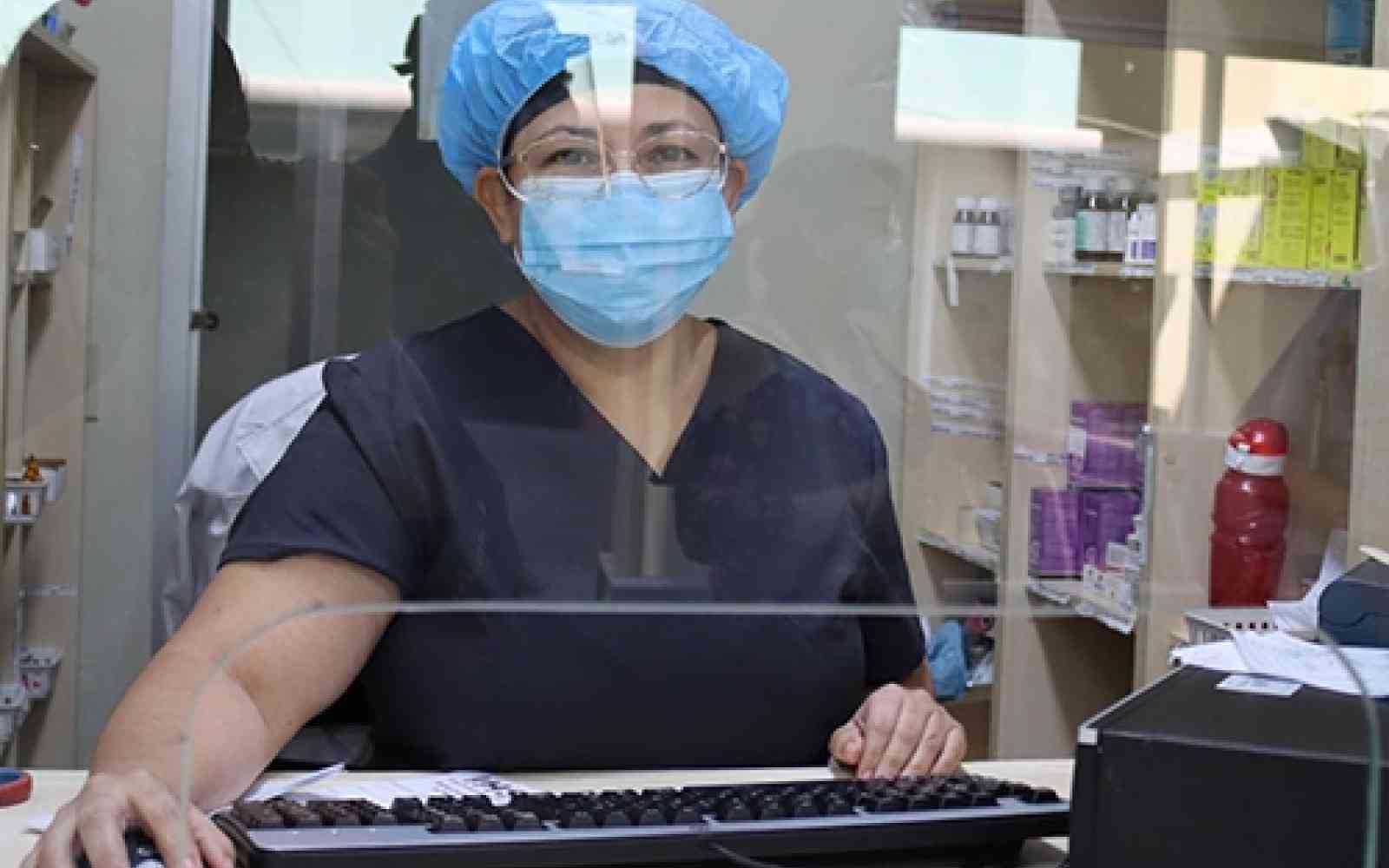The United Nations Office for Project Services (UNOPS)
Sustainability and collaboration drive UN procurement in 2022
A new report published by UNOPS on behalf of the UN system details how 31 UN organizations spent $29.6 billion on goods and services last year.
The 2022 Annual Statistical Report on UN Procurement analyzes the combined annual UN spending on goods and services. It presents an analysis of key trends in UN procurement – breaking down procurement by UN organization, category of goods and services procured, and supplier country.
Collaborative procurement activities within the UN system emerged as a key trend in 2022. With the aim of increasing efficiency, reducing prices and ensuring better services through economies of scale, collaborative procurement across the UN system last year reached a record-high $1.5 billion.
“Addressing the complex and interconnected crises the world faces while advancing sustainable development requires strong collaboration across the board – including within the UN family,” said UNOPS Executive Director, Jorge Moreira da Silva.
The figures detailed in this latest report demonstrate the UN’s commitment to procuring goods and services as effectively and efficiently as possible, leveraging inter-organization procurement to deliver maximum impact.
According to the report, 2022 also saw progress on the integration of sustainability into UN procurement processes, with 22 out of 29 reporting organizations incorporating all three dimensions of sustainability – environmental, economic and social – into their procurement activities.
“Despite the huge challenges in supply chains last year as a result of multiple global crises, the marked increase in the number of UN agencies integrating sustainable procurement policies and criteria into their procurement processes is a very positive and important achievement,” said Anne-Claire Howard, UNOPS Director of Procurement.
“From supporting gender equality and equal opportunity efforts, to promoting clean energy and responsible production, sustainable procurement can and will play a significant role towards achieving the Sustainable Development Goals,” she added.
Overall, UN procurement remained steady in 2022, compared with the previous year, with 31 UN organizations spending around $29.6 billion on goods and services.
Health was once again the largest procurement category, with pharmaceuticals, contraceptives and vaccines remaining the largest health segment. In total, the 31 reporting UN agencies procured $7.6 billion worth of health-related goods and services. UNICEF was the largest procurer in the sector with $4.8 billion of procurement in total.
The crises in Afghanistan, Pakistan and Ukraine also contributed to notable increases in both the food and transportation procurement sectors. The World Food Programme was the largest procurer in the food and farming sector, with an increase of $1.2 billion in 2022 – largely due to its support for crises in Ukraine and Afghanistan, as well as increases in food prices overall.
For the first time, the latest edition of the report also highlights information about procurement from suppliers in landlocked developing countries (LLDCs) and Small Island Developing States, in addition to least developed countries. Landlocked developing countries and Small Island Developing States both face unique development challenges – including connectivity and transportation barriers that can hinder development and lead to social, economic and environmental challenges.
“The focus on procurement from LLDCs and SIDS for the first time in this report is important, as we look at a range of ways we can further support their efforts to advance sustainable development and climate action in these countries,” said Jorge Moreira da Silva.
“Building capacity among local goods and service providers, and fostering local employment and economic development opportunities in these countries is an essential part of that,” he added.
In 2022, UN procurement from LLDCs totalled $3.3 billion, with the largest supplier countries being Afghanistan, Ethiopia and South Sudan. UN organizations procured goods and services from 51 SIDS countries last year, reaching $737 million in total.
The United States was once again the largest supplier country in 2022, providing $2.4 billion worth of goods and services to UN organizations. Procurement from Türkiye reached a record-high $880 million in 2022, primarily due to the increased procurement of food and beverage products from suppliers in the country. While at the regional level, procurement from Africa rose by 14.7 per cent overall – or an increase of $671 million worth of goods and services.
Download the full report and explore interactive dashboards at www.ungm.org/asr.
About the Annual Statistical Report on United Nations Procurement













